Technologies
Pixel 8 Pro Ongoing Review: Google Plans Fix to Address Camera Issues
Google knows where the problem lies and expects a fix in «very soon,» the company told CNET.
Editor’s note: This is an ongoing review that was originally published on Oct. 11. The latest update was published on Oct. 14.
We found problems with the Google Pixel 8 Pro in our early testing. The most notable issues were with the camera, which exhibited odd artifacts, especially in high-contrast situations. We’ve now spent over a week testing multiple models of the phone across the globe. We’ve taken hundreds of images and been able to gain a deeper understanding of the issues we’ve seen.
CNET reporter Stephen Shankland unpacked many of the Pixel 8 Pro’s issues and elaborated on what might be causing them. It’s largely a software problem, and Google knows where the problem lies and expects a fix «very soon,» the company told CNET on Thursday.
While we’re still seeing the same image-processing problems after more testing, we’ve also amassed numerous examples where the Pixel 8 Pro performed extremely well. We tested it in daylight, at night, and how it compares to rivals including the iPhone 15 Pro and the older Pixel 7 Pro.
Right now, we’re confident that the camera issues are relatively minor and that many of you who’ve already bought the phone may not even notice. But a $999 (£999, AU$1,699) phone should not have problems like these, so we’re postponing our final verdict until we see the difference the upcoming software update makes.
Below, you’ll find an ongoing review of the phone with my opinions on the design, display, processor and battery, informed by multiple editors’ testing. I’ll continue updating this review over the coming days as I retest the phone, especially the camera. We haven’t found any of these issues testing the regular Pixel 8 and, in fact, really like it.
What does this mean for you? If you’re looking to buy the Pixel 8 Pro, we advise you to wait. Keep your eye on this review as it develops and wait for our final verdict.
A week-plus with the Pixel 8 Pro
The Pixel 8 Pro is Google’s latest flagship phone, and as such packs a host of refinements over its predecessor, including a new processor, cameras and more AI skills. I loved the older Pixel 7 Pro and believed it was one of the best Android phones money could buy. The 8 Pro has a lot to live up to.
Putting aside the camera problems I’ve experienced, the Pixel 8 Pro has plenty going for it, from its solid gaming performance, its decent battery life and its slick Android 14 interface. But the most important change is that Google is committing to seven years of software updates for the phone, a huge boost over its previous offering and much more than most other Android manufacturers. It means this phone should still be going strong in 2030, if it lives up to Google’s claims.
The triple rear-camera setup got some updates, including wider apertures on both the main and telephoto lenses and higher resolution for the ultrawide lens.
But it’s the camera that’s been most problematic for us in our testing so far and needs to be resolved before we could recommend it. Several of our test images with high-contrast scenes show bizarre-looking image noise and artifacts in the shadowy areas, along with extremely aggressive software smoothing on areas that should maintain detail. I found similar issues in night mode photos, too.
Shankland’s Pixel 8 Pro camera analysis dives more deeply into the cause of some of these problems. It essentially boils down to how the software tries to blend multiple image exposures together and doesn’t do a particularly neat job at it. However, software problems can be remedied and Google has said that an update is coming soon that should address the worst of our concerns.
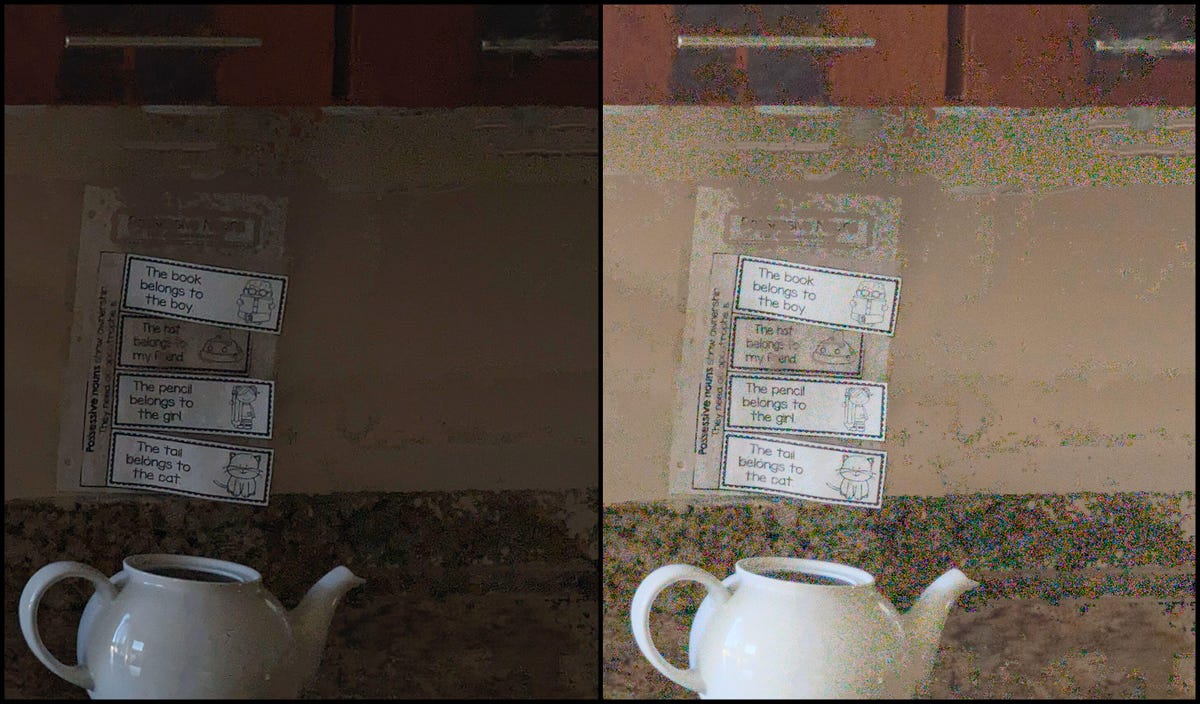
The phone’s DNG raw files tend to come out worse, with increased image noise and a weird muddiness to the scene that needs heavy corrections. It’s likely, though, that this is exacerbated by poor compatibility with raw editing apps like Lightroom and may be rectified as Adobe support rolls out.
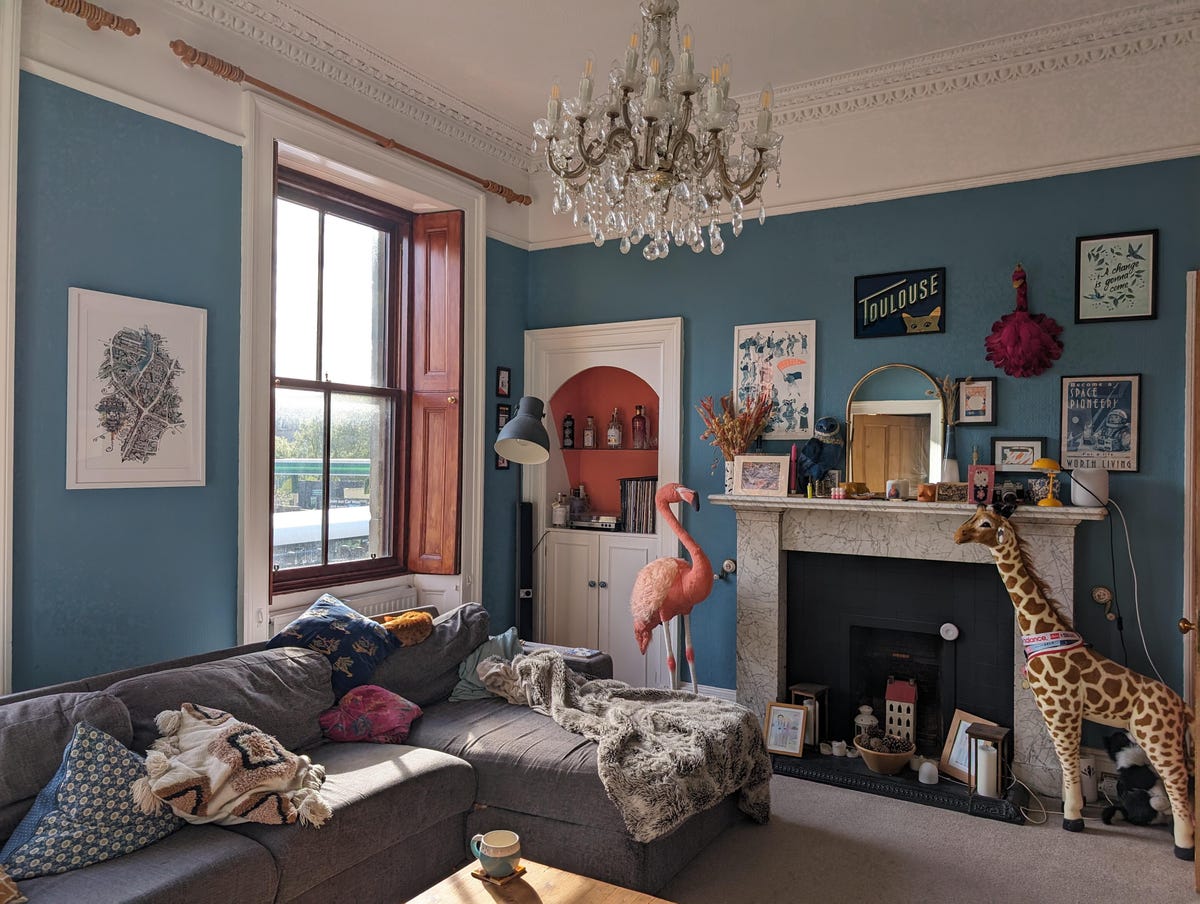
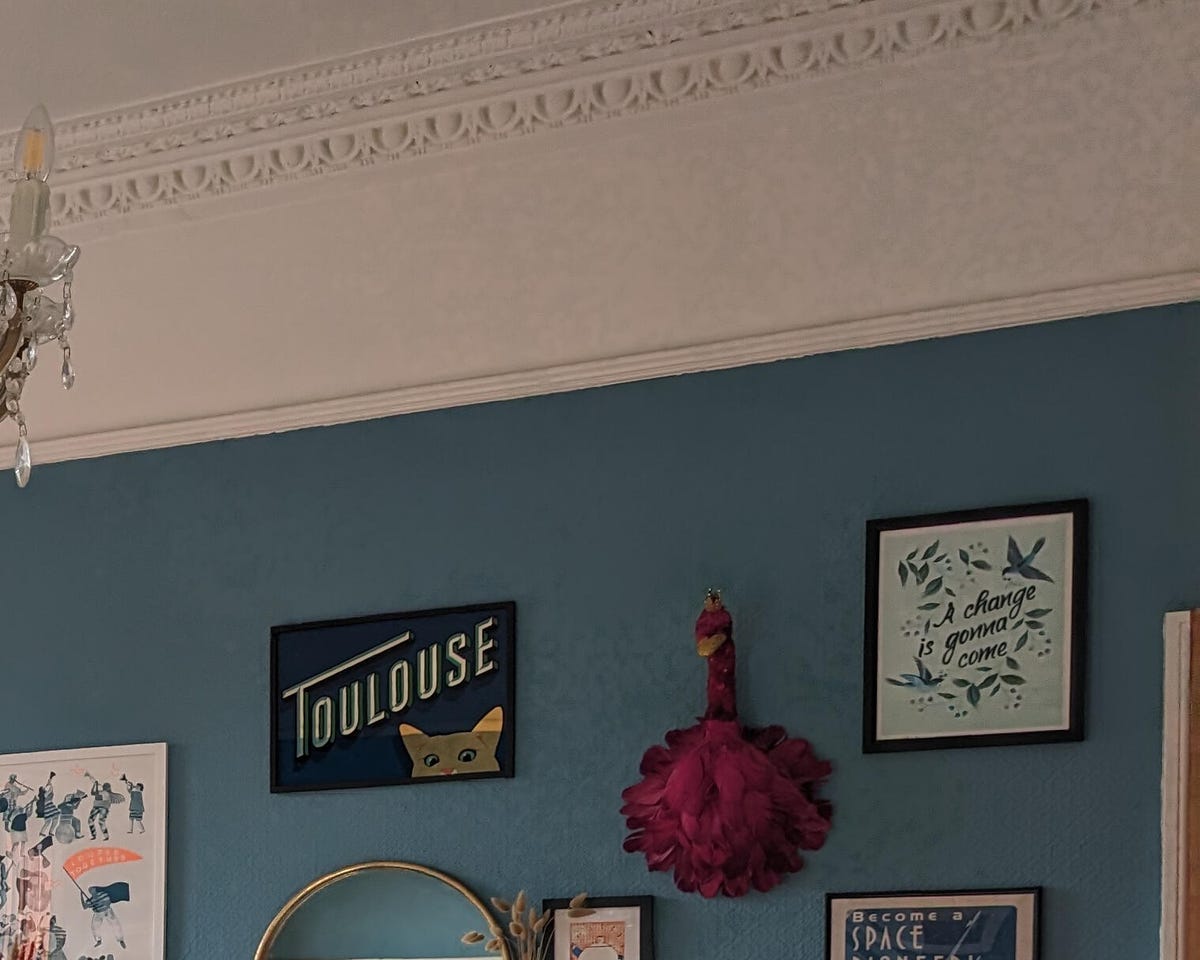
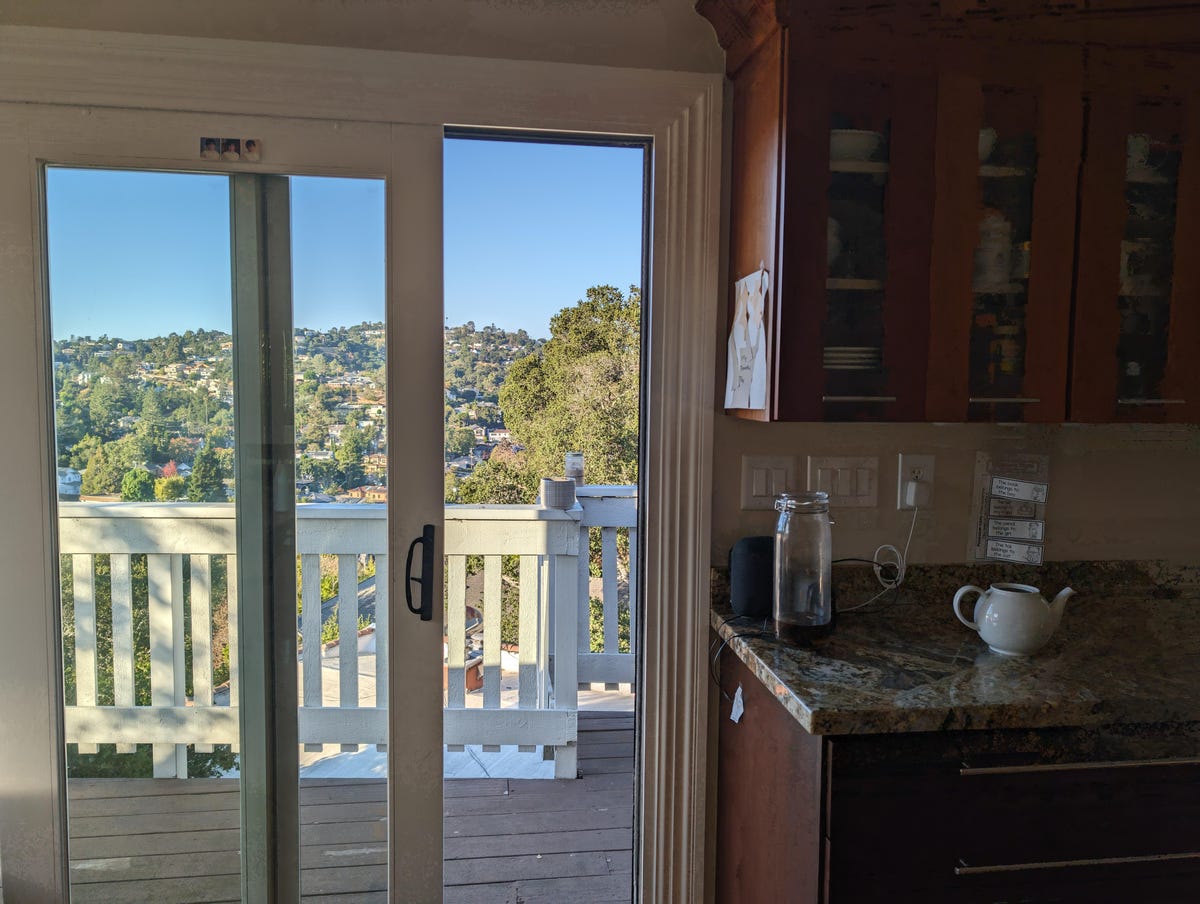
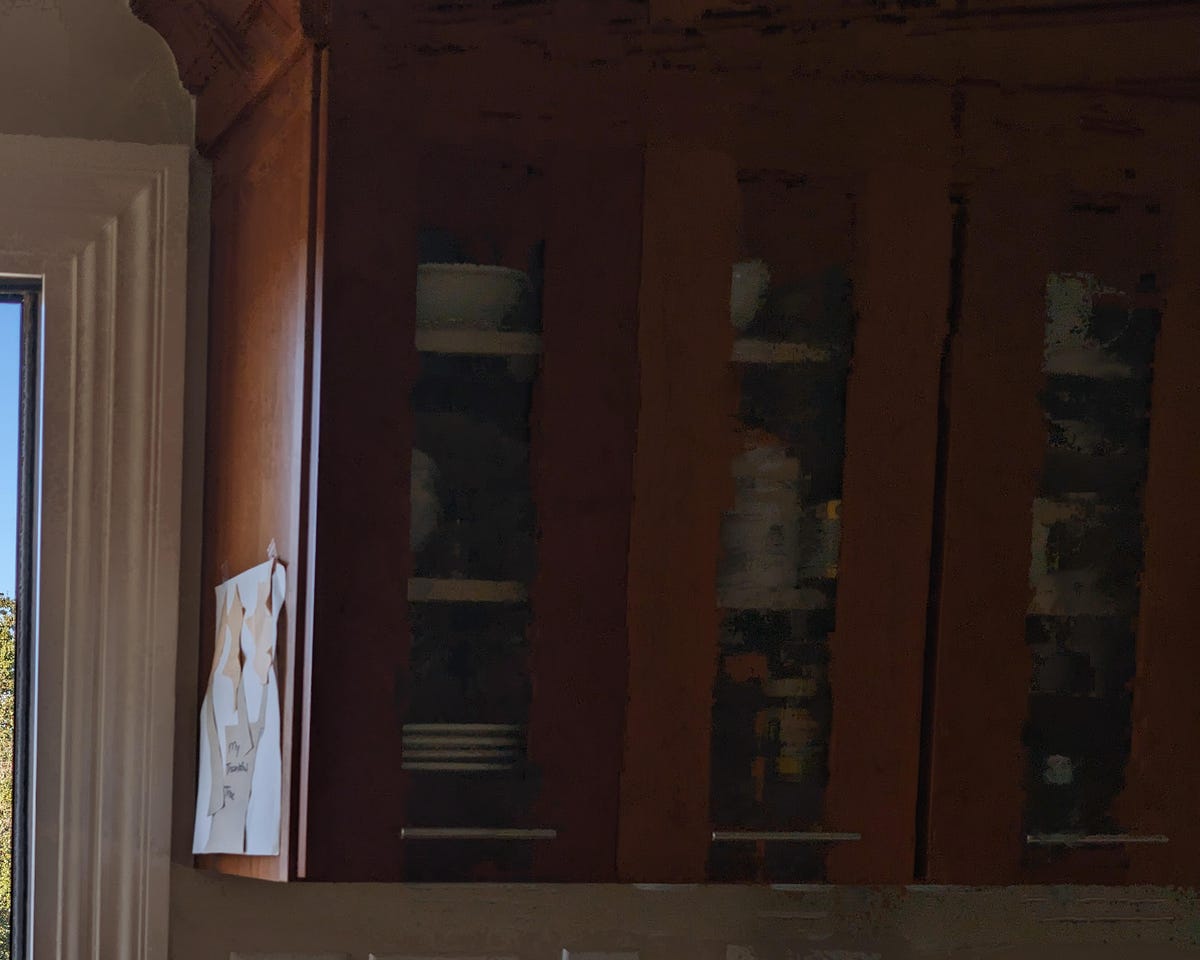
There’s a 1- to 2- second delay I encountered when taking 50-megapixel raw images, which likely won’t be going away. Google explained that this delay is simply due to the phone having to take multiple, massive files and piece them together. It’s a highly complicated process, and it’s clearly a burden for the Tensor G3 processor. Indeed, shooting raw at 12 megapixels has no such delay. As a result, the high-res mode is best used for static landscapes, not fast-paced shots of your kids playing on the beach. I hope that next year’s Pixel 9 Pro has a more powerful chip that can speed up this process.
It’s not all bad, though. Many images taken with the wide, ultrawide and 5x zoom lenses have come out extremely well in good lighting, lower-light indoor shots are bright and sharp, and I’ve had good success with night-time street images too. I also enjoyed using the long exposure mode to add some ethereal blurred movement effects to some photos.
The Pixel 7 Pro had a superb camera that was capable of taking glorious images with any of its lenses. While the Pixel 8 Pro clearly has some teething troubles, both Shankland and I are confident that fixes will come that will help make this a much more well-rounded camera for both amateurs and enthusiasts alike.
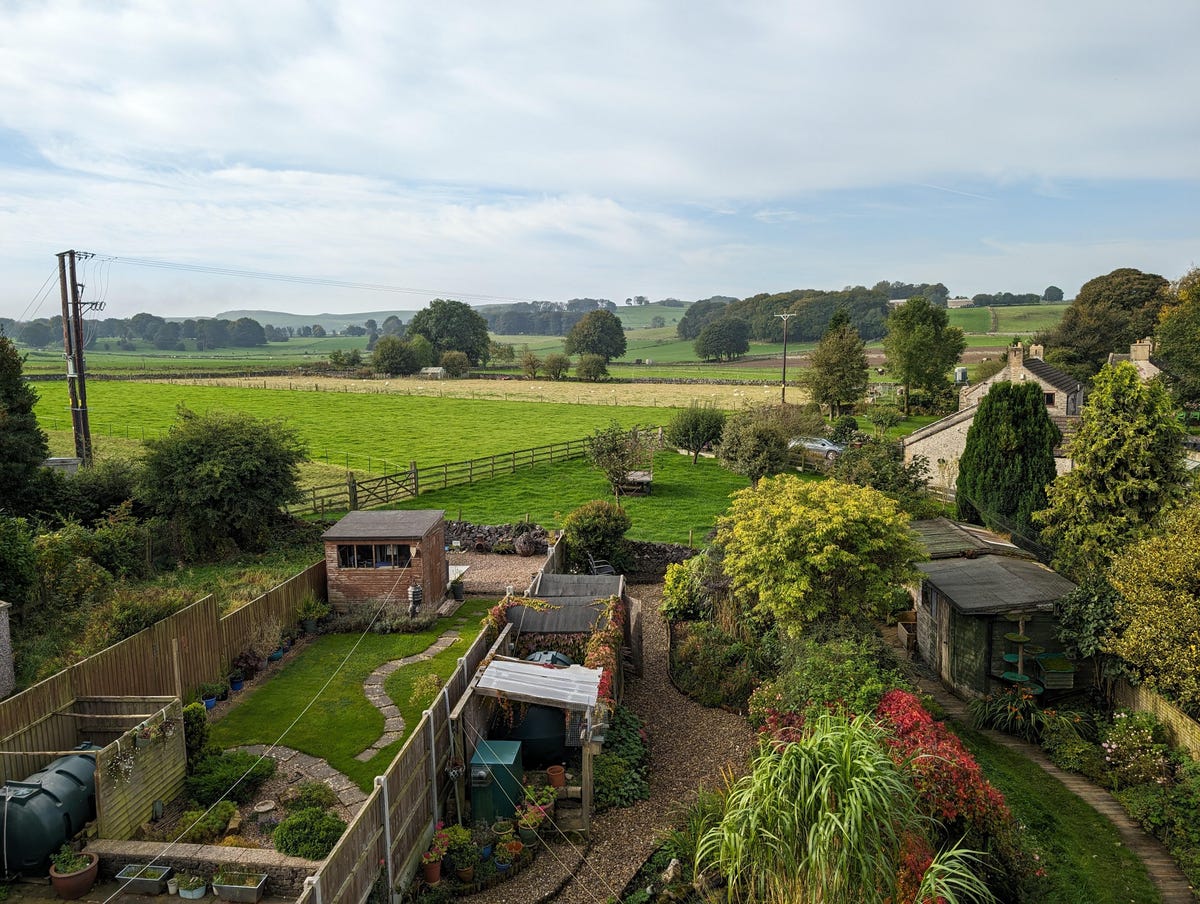

Design and display
Physically, it’s clear to see the Pixel 8 Pro’s family resemblance to its predecessors, with the big camera bar across the back. It’s not a big design departure from last year’s model, but that rear glass panel is now frosted rather than glossy, which gives it a softer feel to hold while making it a little less prone to fingerprints. I don’t think it looks quite as premium or classy as the Pixel 7 Pro’s sage and gold design, at least not in the plain black variant I’ve been given to test.
The camera bar sticks out a long way — around 4 millimeters in fact, which is even more than on the 7 Pro. The 8 Pro is comfortable to hold, but I do sometimes find it catches when I’m trying to slide it into my jeans pocket. I’m nitpicking here, but it’s one of those things that could become more annoying over time. With a case attached that reduces the height difference between the body and the bar, the problem goes away.
The frame is made in part from recycled aluminum (just like in older Pixel phones) and the phone is IP68 rated for water-resistance, which will keep it safe from spilled drinks or when taking calls in the rain. The 6.7-inch display is the same size as on the Pixel 7 Pro. It’s bright and vibrant and easily does justice to whatever colorful YouTube or Netflix video you want to watch on the bus.
Temperature sensor
One little tweak on the back is a small circle next to the camera flash that houses a brand new feature: a temperature sensor. It allows the phone to give temperature readings from objects or surfaces. It’s easy enough to do, just fire up the temperature app and hold the phone about 5 centimeters from your object, as though you’re taking a close-up photo. Tap the screen and it’ll give you a readout on how hot that object is.
The idea is that you can use it to test the temperature of drinks before you take a big gulp, or to make sure that piece of peach pie isn’t hotter than the sun before you shovel it into your face and burn your mouth to cinders. It works well in my testing so far, with it fairly accurately showing the increase in temperature on my kettle as I boiled water for a cup of tea.
And while I can imagine it sometimes being helpful — parents could use it to check the temperature of a baby’s bottle, for example — I think its real-world application is limited. It feels like a feature that’s been shoehorned in to act as a differentiator from the competition. Heck, it can’t even take your body temperature, though Google is seeking clearance from the US FDA to use it for that purpose. And sure, the Pixel 8 Pro now has a feature that the iPhone 15 doesn’t, but is it really a feature you care about? I’m not sure that I do.
Processor and Android 14
The Pixel 8 Pro comes with Google’s latest homemade processor, the Tensor G3, but we can’t yet tell you how it performs. At the time of writing I’m unable to install any kind of benchmarking apps to directly compare it to its rivals, but anecdotally it seems like a capable chip. Navigation around the Android 14 interface is swift: Apps open without any delays and multitasking between open apps is a breeze.
Graphically demanding games like Genshin Impact, PUBG and Real Racing 3 all play with buttery-smooth frame rates at maximum graphics settings. I’ve yet to find anything that really slows the phone down. The Tensor G3 chipset also enables AI features, but their quality is uneven, with some taking so long to process that I simply didn’t bother (more on these below).
The big advancement we can confirm is longevity. Google committed to providing seven years of software and security updates to the Pixel 8 series, which is a big improvement over the four years it previously offered. By comparison, Samsung offers four years of software and five of security updates. Longer security support times are a huge way of reducing the environmental impact of phones, as the hardware on older models is often still working fine, but it’s simply not safe to keep using devices with outdated software.
Google’s software commitment means the Pixel 8 Pro should still be going strong in 2030, which is the longest of any major Android manufacturer and only really rivaled by Fairphone, which offers eight years of security updates on its latest Fairphone 5. It’s good to see Google extending its support period and I hope it encourages more manufacturers to do the same.
The Pixel 8 Pro launches with Android 14 which itself isn’t that different from Android 13, with a near-identical visual look that includes various ways to customize elements of the interface. Google has sprinkled in some additional AI features throughout though, including a new generative AI wallpaper creator.
The tool lets you select from a variety of prompts, including object words such as «bicycle» or «lighthouse,» texture words like «wood» or «bamboo» and various color and art style words to create a unique backdrop. It’s fun to play with and I’ve enjoyed experimenting with different prompt combinations to find images I like. I don’t always love the results — sometimes the AI hasn’t done a great job — and only being able to choose from a set of predefined prompts means it’s not open to the sort of wild infinite customization you might expect from generative AI.
Google has woven in AI features elsewhere into the phone, including call screening, the ability to summarize articles in web pages (both of which are exclusive to the US at launch) and better speech-to-text and translation tools. But it’s also used for image editing, with AI tools letting you selectively edit the sky in a landscape photo, make objects or people bigger or smaller in the frame or remove them completely. The results don’t always look great — at least not to my eye as a professional photographer — but they can be fun ways of tweaking more casual snaps.
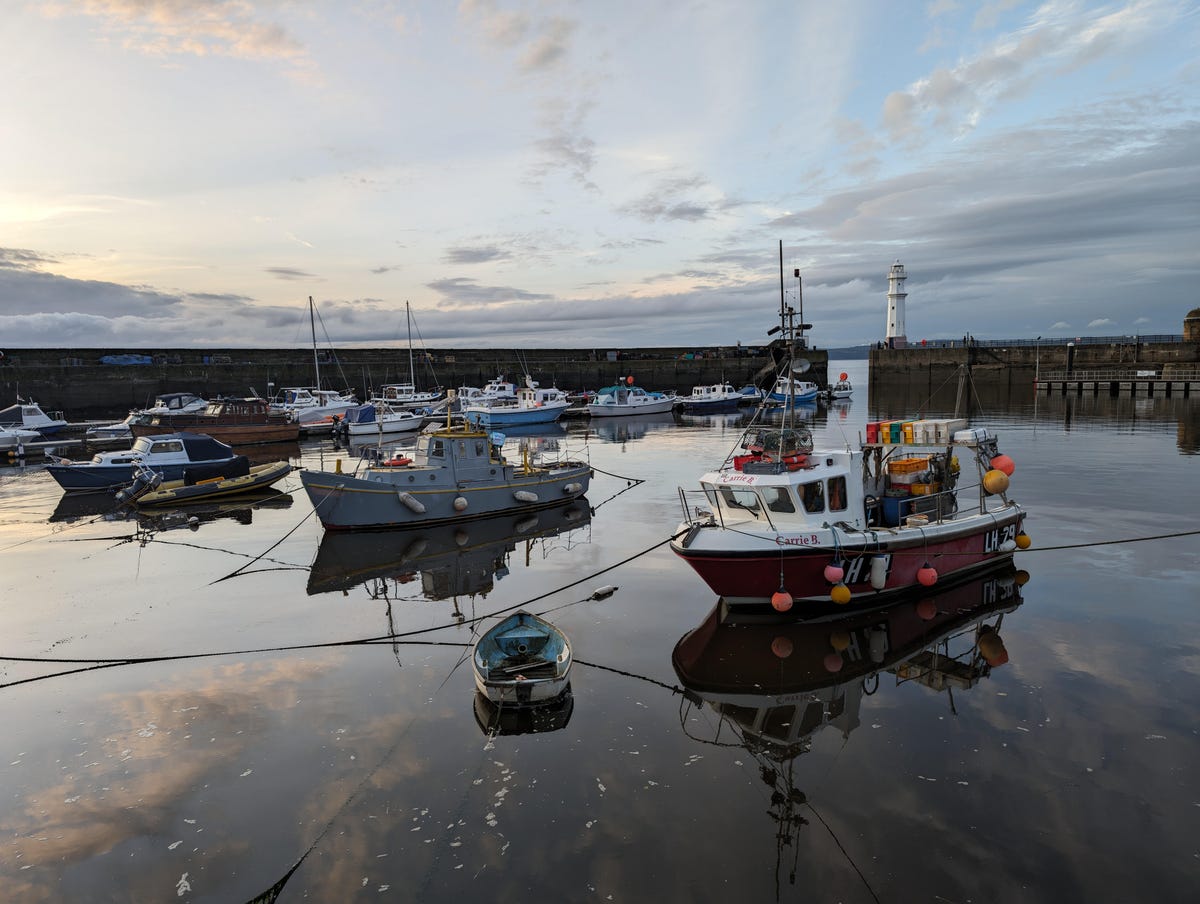

I found that it took between 13 and 18 seconds for the AI to make each edit, which felt like a frustratingly long time to wait. It remains to be seen whether that’s down to the processor performance or if it’s a software issue that could be remedied. In my time with the phone, I found these delays long enough to put me off wanting to play around further. On the Pixel 8, however, these edits generally took around 5 seconds.
There’s also a new tool called Best Take, which takes a burst of images and blends them into one shot where everyone should look their best by automatically picking the best faces of a group of subjects. I’ve not found this useful in my time with the phone. It requires at least six different images of a group of people for the AI to choose from and I normally just take one or two of my friends, which isn’t enough. To make use of it, I’d have to learn to start using burst mode more often when taking group shots, which feels like I’m having to create a problem for this feature to solve.
Then again, my colleague Patrick Holland enjoyed putting the feature to use in his review of the smaller Pixel 8. Patrick found it worked well in his shots, with a mostly seamless replacement of people’s faces in the final image. Your experience with it may vary depending on how you use your phone’s camera, so take my opinion here with a grain of salt.
Battery
Stuffed inside the Pixel 8 Pro is a 5,050-mAh battery, which put in a decent performance on our various battery drain tests. After 1 hour of streaming a YouTube video at max brightness the phone had dropped from full to 97% remaining, which is good. After the third hour it had dropped to 84% which is below what we’ve seen from the iPhone 15 series, but in line with the Galaxy S23.
It’s a demanding test and in everyday use you shouldn’t struggle to get through a whole day of mixed use. Just avoid spending hours streaming video or playing demanding games if you want to have juice left to call a cab home after your night on the town. As with most phones, though, you’ll almost certainly want to give it a full charge when you go to bed each night.
Should you buy the Pixel 8 Pro?
After deeper testing and conversations with Google’s Pixel team, we’re increasingly confident that the early camera issues we experienced are largely software-based. Imminent updates should resolve much of what we’ve seen.
Even though photos look good in most situations, these issues are problematic for the audience that Google is pitching the Pixel 8 Pro towards, which is pro photographers. Still, we will continue to test this phone and reserve judgment until we’ve used the camera with its new software.
Technologies
Today’s NYT Mini Crossword Answers for Wednesday, Oct. 15
Here are the answers for The New York Times Mini Crossword for Oct. 15.

Looking for the most recent Mini Crossword answer? Click here for today’s Mini Crossword hints, as well as our daily answers and hints for The New York Times Wordle, Strands, Connections and Connections: Sports Edition puzzles.
Need some help with today’s Mini Crossword? It includes both the first and last name of one of my favorite chefs of all time — maybe yours, too. Read on for the answers. And if you could use some hints and guidance for daily solving, check out our Mini Crossword tips.
If you’re looking for today’s Wordle, Connections, Connections: Sports Edition and Strands answers, you can visit CNET’s NYT puzzle hints page.
Read more: Tips and Tricks for Solving The New York Times Mini Crossword
Let’s get to those Mini Crossword clues and answers.
Mini across clues and answers
1A clue: Chromebooks, but not MacBooks
Answer: PCS
4A clue: «Yippee!»
Answer: WAHOO
6A clue: Reveal, as juicy gossip
Answer: SPILL
7A clue: With 2-Down, chef who helped popularize chicken cordon bleu in the U.S.
Answer: JULIA
8A clue: Toss in
Answer: ADD
Mini down clues and answers
1D clue: Toss in
Answer: PAPUA
2D clue: See 7-Across
Answer: CHILD
3D clue: State of matter for most elements at room temperature
Answer: SOLID
4D clue: Business-focused newspaper, for short
Answer: WSJ
5D clue: Hello, in Portuguese
Answer: OLA
Technologies
Want to Watch a Podcast? Netflix and Spotify Partner to Bring Video Podcasts to Streaming
Starting in early 2026, Netflix subscribers in the US will be able to watch select Spotify Studios and Ringer podcasts directly on the streaming platform.
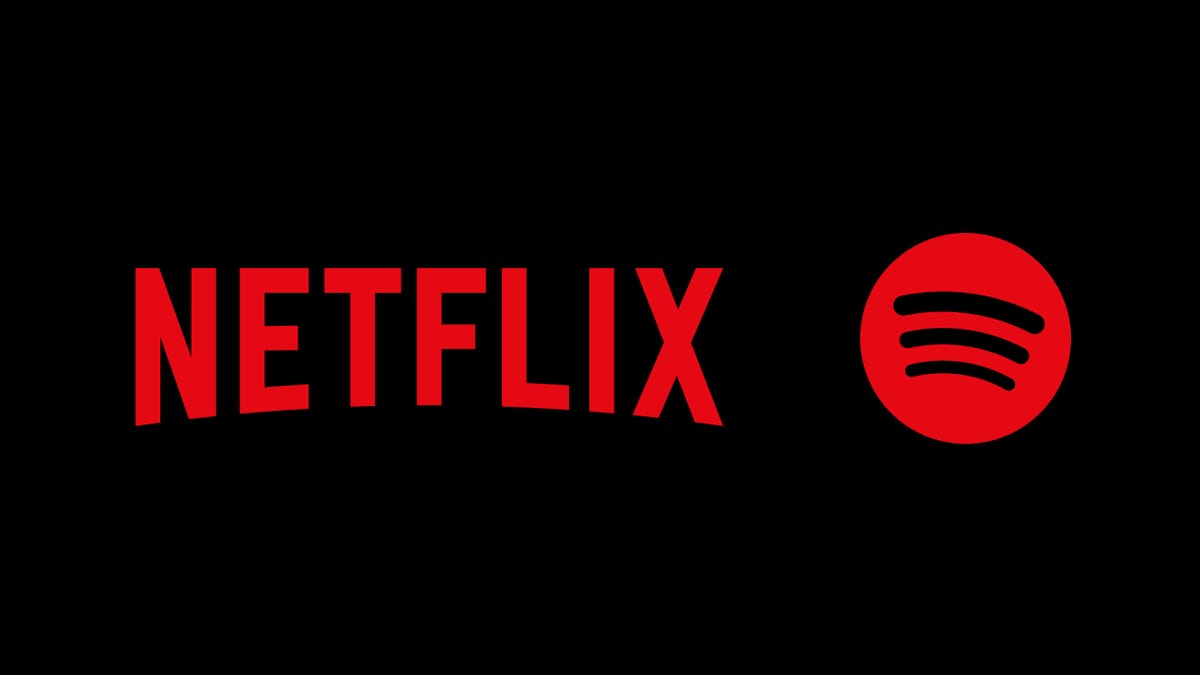
Netflix and Spotify are teaming up to blur the line between streaming and podcasting. The two companies announced a new partnership that will bring a curated slate of Spotify’s top video podcasts, including shows from Spotify Studios and The Ringer, to Netflix starting in early 2026. The goal is to make popular podcasts as watchable as TV, expanding both services’ reach into sports, culture, lifestyle and true crime.
Don’t miss any of our unbiased tech content and lab-based reviews. Add CNET as a preferred Google source.
The deal marks Spotify’s most significant distribution push beyond its own platform, and for Netflix, it’s a new way to keep audiences engaged with talk-driven, low-cost programming. Early titles include The Bill Simmons Podcast, The Rewatchables, Dissect, Conspiracy Theories and Serial Killers, among others. You can find the complete list here.
More shows and genres are expected to be added over time.
Netflix says the partnership complements its library of documentaries and talk shows, offering «fresh voices and new perspectives.» Spotify, meanwhile, described it as «a new chapter for podcasting,» giving creators access to Netflix’s global audience while expanding discovery for listeners who prefer watching podcasts.
The rollout will begin in the US early next year, with additional markets to follow in 2026.
Technologies
Every Active Borderlands 4 SHiFT Code
It’s dangerous to explore Kairos without some legendary gear. These promo codes will unlock epic loot and vault hunter cosmetics in Borderlands 4.

The biggest looter shooter of the year, Borderlands 4, is out, and tons of players are already taking the fight to the Timekeeper on Kairos. If you want to put the beat down on someone strong enough to control time, then you’re going to need an arsenal of powerful weapons and equipment.
Luckily, developer Gearbox Software is willing to lend a helping hand. Instead of having to farm every piece of legendary equipment in-game, you can roll the dice on some loot with Golden Keys unlocked by SHiFT promo codes.
If you’re already swimming in more loot than you know what to do with, some SHiFT codes also unlock special cosmetic looks for your favorite vault hunters. Special in-game challenges have already unlocked promo codes for Amon, Rafa and Vex vault hunter skins, with a Harlowe skin unlocking soon. Here’s how to use the latest SHiFT codes in Borderlands 4.
All active SHiFT codes for Borderlands 4
You can hunt down SHiFT codes on social media, but we’ll keep all of the active promo codes in one place for ease of access.
Below, you’ll find a chart that contains every active SHiFT code for Borderlands 4, what it unlocks and its expiration date:
Active Borderlands 4 SHiFT codes
| Reward | SHiFT code | Expiration date |
|---|---|---|
| Golden Key | WZK3B-SHTHF-JZ59K-SBT3B-TWHXT | Oct. 19, 2025 |
| Vex Mass Market Appeal Skin | BZ6JJ-CB6CT-WXJJW-3TT3B-56FZ5 | Jan. 1, 2031 |
| Amon Cult Classic Skin | JZ6BJ-SBR5J-WF3BK-BT3BB-TX9HB | Dec. 31, 2030 |
| Rafa Savings Savior Skin | TZXT3-XJXCB-CXBJW-BTTJT-9SK6B | Dec. 31, 2030 |
| Break Free Cosmetics Pack | JS63J-JSCWJ-CFTBW-3TJ3J-WJS5R | Jan. 1, 2031 |
| Golden Key | T9RJB-BFKRR-3RBTW-B33TB-KCZB9 | No expiration |
How to redeem SHiFT codes for your Borderlands 4 account
While SHiFT codes are totally free rewards for you to accumulate, you must make a SHiFT account to input any active codes in-game.
SHiFT is a service that Gearbox integrates into its biggest games, and making an account unlocks forums and exclusive beta participation. It’s also necessary to create an account to turn in any promo codes, which is what most fans care about.
Once your account is created, you can enter your SHiFT codes in two separate places. Within your SHiFT account settings, you can find a Rewards tab with a field to enter any Borderlands promo codes. Once you enter the codes, any unlocked items will be added to your account the next time you open the game.
However, an easier way to input your SHiFT codes is within Borderlands 4 itself. Within the game’s pause menu, you can access a SHiFT. Select the Rewards tab from the resulting menu, input your codes, and the unlocked items will be immediately available on your save.
Where are SHiFT codes normally released?
SHiFT codes are released fairly frequently on Gearbox and Gearbox-affiliated social media channels. For the best chance at catching every new SHiFT code that gets released, you should follow Gearbox on X and on Facebook.
Gearbox CEO Randy Pitchford also releases promos on his X account, so if you’re brave enough to follow him despite his frequent outbursts toward fans you can find SHiFT codes there as well.
What are SHiFT codes?
SHiFT codes are promo codes that Gearbox occasionally releases that reward players with loot and cosmetics in Borderlands games. The main SHiFT code reward is a Golden Key, which opens the Golden Chest in most Borderlands hub areas.
But don’t spend them immediately — it’s worth saving your Golden Keys until you reach the level cap and are playing on the hardest difficulty, as the loot rewards will scale to your character accordingly. This is a great way to begin farming some endgame legendaries quickly and easily.
-

 Technologies3 года ago
Technologies3 года agoTech Companies Need to Be Held Accountable for Security, Experts Say
-

 Technologies3 года ago
Technologies3 года agoBest Handheld Game Console in 2023
-

 Technologies3 года ago
Technologies3 года agoTighten Up Your VR Game With the Best Head Straps for Quest 2
-

 Technologies4 года ago
Technologies4 года agoVerum, Wickr and Threema: next generation secured messengers
-

 Technologies4 года ago
Technologies4 года agoBlack Friday 2021: The best deals on TVs, headphones, kitchenware, and more
-

 Technologies4 года ago
Technologies4 года agoGoogle to require vaccinations as Silicon Valley rethinks return-to-office policies
-

 Technologies4 года ago
Technologies4 года agoOlivia Harlan Dekker for Verum Messenger
-

 Technologies4 года ago
Technologies4 года agoiPhone 13 event: How to watch Apple’s big announcement tomorrow
